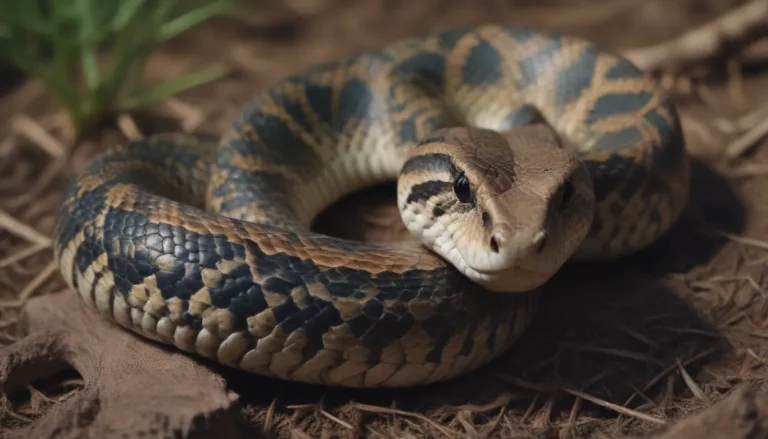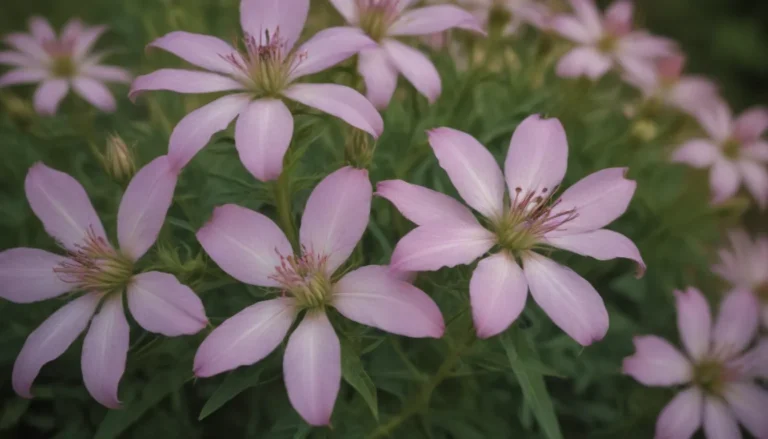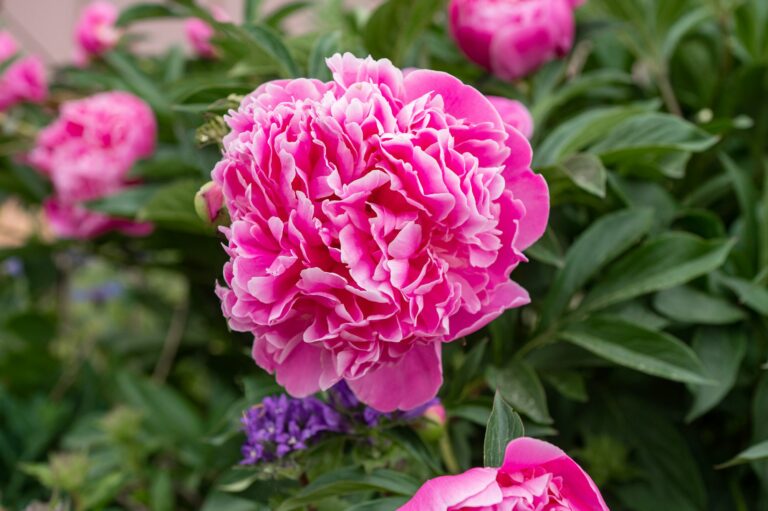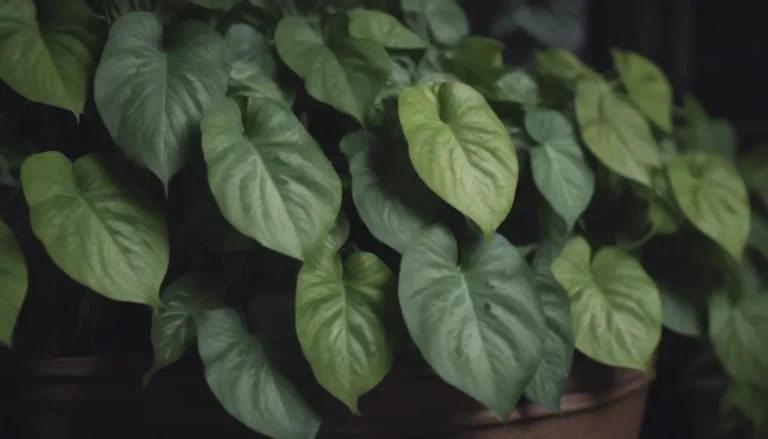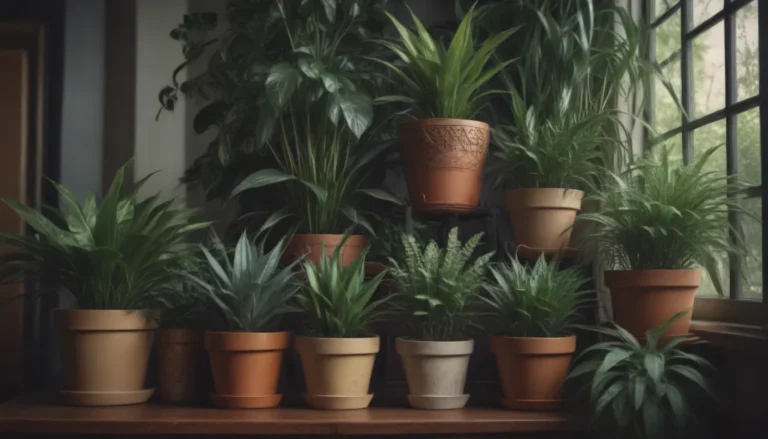Comprehensive Guide to Growing and Caring for Sedum Plants

Are you looking to add some variety to your garden with beautiful, low-maintenance plants? Look no further than sedum! This large genus of flowering plants, also known as stonecrop, is not only versatile but also incredibly easy to care for. In this comprehensive guide, we will delve into everything you need to know about growing and caring for sedum plants.
Introduction to Sedum Plants
Sedum plants are found on almost every continent and come in a wide variety of heights, colors, and forms. These hardy, drought-tolerant succulents have thick, fleshy leaves and tiny, star-shaped flowers that bloom late in the growing season. The genus is divided into two main categories: low-growing sedums and upright sedums. The former stays short and spreads, while the latter forms vertical clumps, making them great for borders and flower beds.
One popular example is the ‘Autumn Joy’ sedum, now known as Hylotelephium ‘Autumn Joy’. When it comes to planting sedum, the best time is in the spring after the danger of frost has passed but before the summer heat arrives.
Sedum Care Tips
Sedums are perfect for mass plantings, edging, ground cover, and even growing in containers. They are extremely low-maintenance plants that require minimal attention. Here are some essential care tips to ensure your sedum plants thrive:
Plant sedums in a spot with good soil drainage and adequate sunlight.
Avoid extreme heat and a lack of sunlight, as these can cause the plants to become leggy.
*Cut back the plants after flowering to maintain their shape and encourage bushier growth.
Light
Most sedum plants thrive in full sun, receiving at least six hours of direct sunlight daily. While some varieties can tolerate partial shade, they may not bloom as profusely. In very hot, dry conditions, providing some afternoon shade can benefit sedum plants.
Soil
Sedum plants prefer loose, loamy, sandy, or gravelly soil with sharp drainage. It’s essential to avoid heavy, wet clay soil as it can lead to root rot and fungal diseases.
Water
Water new sedum plants about once a week during the first year to establish them. Once established, sedum plants are drought-tolerant and typically don’t need supplemental watering unless experiencing a prolonged dry spell.
Temperature and Humidity
Sedum plants can tolerate a wide range of temperatures, but very high temperatures can lead to scorched leaves. They generally tolerate humidity well but require good airflow to prevent powdery mildew.
Fertilizer
Sedum plants usually do not need supplemental fertilization and can thrive in nutrient-poor soil. Avoid overly rich soil, as it can cause weak, leggy growth. If needed, adding compost to the soil can provide a nutrient boost.
Popular Sedum Varieties
There are several hundred species of sedum with numerous varieties available. Some popular sedum varieties include:
‘Autumn Joy’ (Hylotelephium spectabile)
‘Brilliant’ (Hylotelephium spectabile)
‘Vera Jamison’ (Hylotelephium spectabile)
‘Black Jack’ (Sedum rupestre)
‘Soft Cloud’ (Sedum rupestre)
‘Angelina’ (Sedum rupestre)
Pruning and Propagating Sedum Plants
When it comes to pruning, sedum plants require minimal maintenance. However, removing any broken or diseased stems is essential. In cooler climates, cutting back dead plant parts in early spring can promote new growth. If a sedum becomes too tall or leggy, pinching off stems in early summer can encourage bushier growth.
Propagating sedum plants is easy and can be done through stem cuttings or division. Both methods are effective ways to propagate sedum and create more plants. Division is best done in the spring when new growth starts.
Growing Sedum in Containers and Overwintering
Sedum plants with shallow roots are excellent choices for container gardening. Ensure the containers have proper drainage and use a well-draining potting mix. Repot sedum plants when they become root-bound or their roots outgrow the container.
For overwintering sedum plants, most varieties are hardy and do not require additional protection. However, plants grown in pots may need extra care to withstand harsh winter conditions. Insulate containers with burlap or bubble wrap to protect the roots during the winter.
Common Pests, Diseases, and Blooming Tips
Sedum plants are relatively pest and disease-resistant. However, slugs, snails, and crown rot can occasionally affect the plants. Lack of sunlight and overwatering can hinder blooming in sedum plants. Frost-tender varieties may need special care in colder climates.
In conclusion, sedum plants are versatile, low-maintenance, and beautiful additions to any garden. With proper care and attention to their specific needs, you can enjoy these unique plants year after year. Whether you’re a seasoned gardener or a novice plant enthusiast, adding sedum to your garden will undoubtedly bring color and interest to your outdoor space. So go ahead, plant some sedum, and watch your garden flourish with these delightful succulents!
